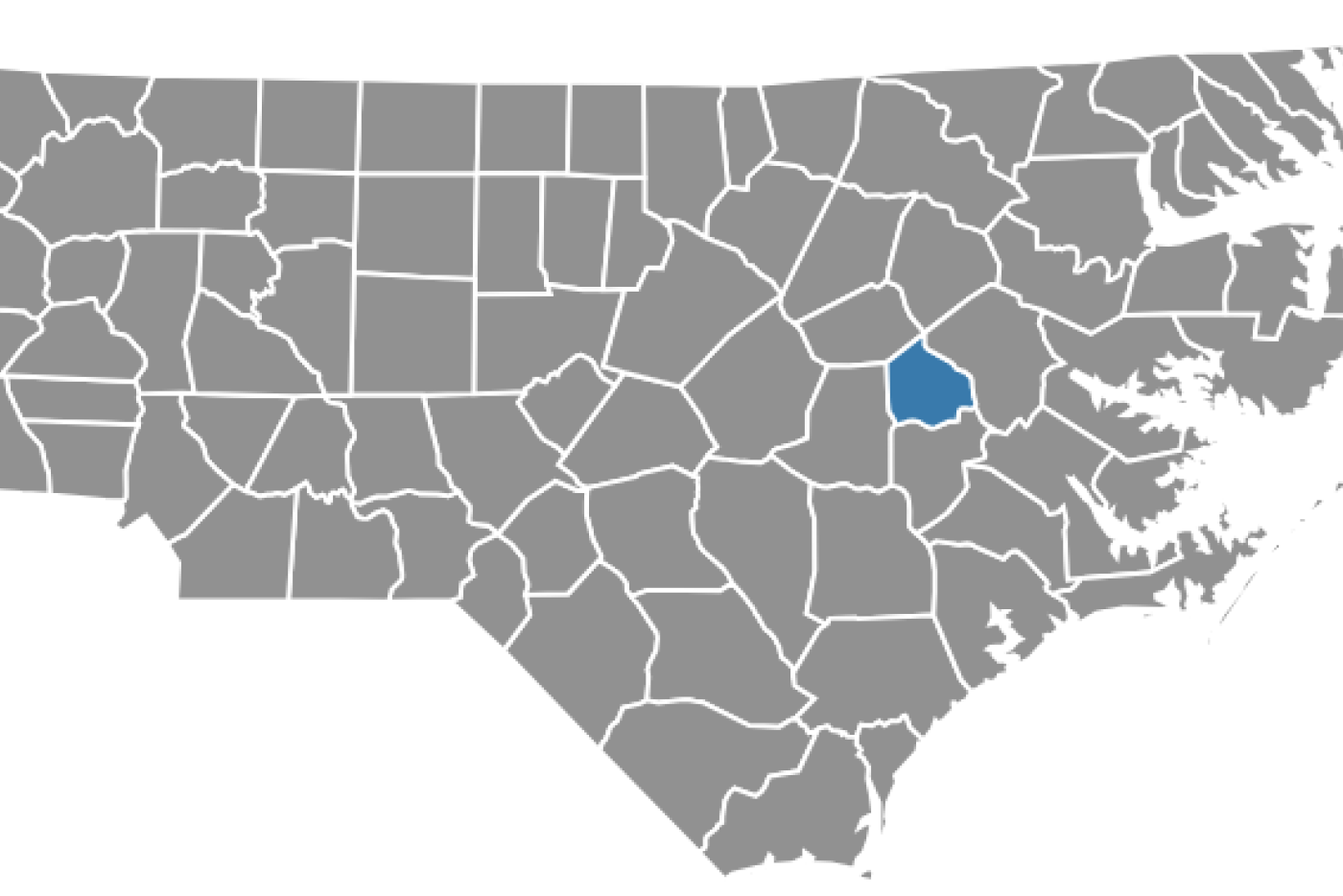Author: Andrew Duppstadt, DNCR
Content from this article originally appeared in Recall, the magazine of the North Carolina Military Historical Society; republished with permission.
North Carolina formed Greene County in 1799 through a somewhat circuitous process. In 1758, the General Assembly created Dobbs County from Johnston County. They later formed Wayne County from Dobbs in 1779, and annexed part of Dobbs to Jones County in 1788. In 1791, Dobbs ceased to exist with the creation of Lenoir County and Glasgow County. Officials named Glasgow County after N.C. Secretary of State James Glasgow. However, in 1793, the state annexed part of Glasgow to Wayne County, and in 1799, they renamed the remaining land in Glasgow to Greene County in honor of Revolutionary War general Nathanael Greene. In 1811, officials established Snow Hill as the county seat.
George Washington trusted Nathanael Greene as one of his top generals during the American Revolution and later appointed him to command of southern forces. His army battled British Major General Charles Cornwallis throughout the Carolinas, and he is perhaps best known for leading the Continentals at the Battle of Guilford Courthouse. Historians commonly regarded him as the second-best American general after Washington and served in the Continental Army until the end of the war in 1783. He retired to a plantation in Georgia, where he died just three years later, in 1786, and was buried in Savannah. There are numerous monuments and memorials to Greene scattered about the country, from his home state of Rhode Island to Washington, DC, Valley Forge, PA, North Carolina, and Georgia. There are towns named for him in Pennsylvania, Tennessee, North Carolina, South Carolina, and Georgia, and a county in Missouri.
Today, Greene County occupies 267 square miles and has a population of just over 20,000 residents. It is bordered by Pitt, Lenoir, Wilson, and Wayne counties. The only incorporated towns besides Snow Hill are Hookerton and Walstonburg, though several other small communities exist in the county. With the county’s long history, it has eleven listings in the National Register of Historic Places, including the county courthouse, St. Barnabas Episcopal Church, and the Neoheroka Fort Site.
For more information and to learn more, visit: https://www.ncmilitaryhistoricalsociety.org/

